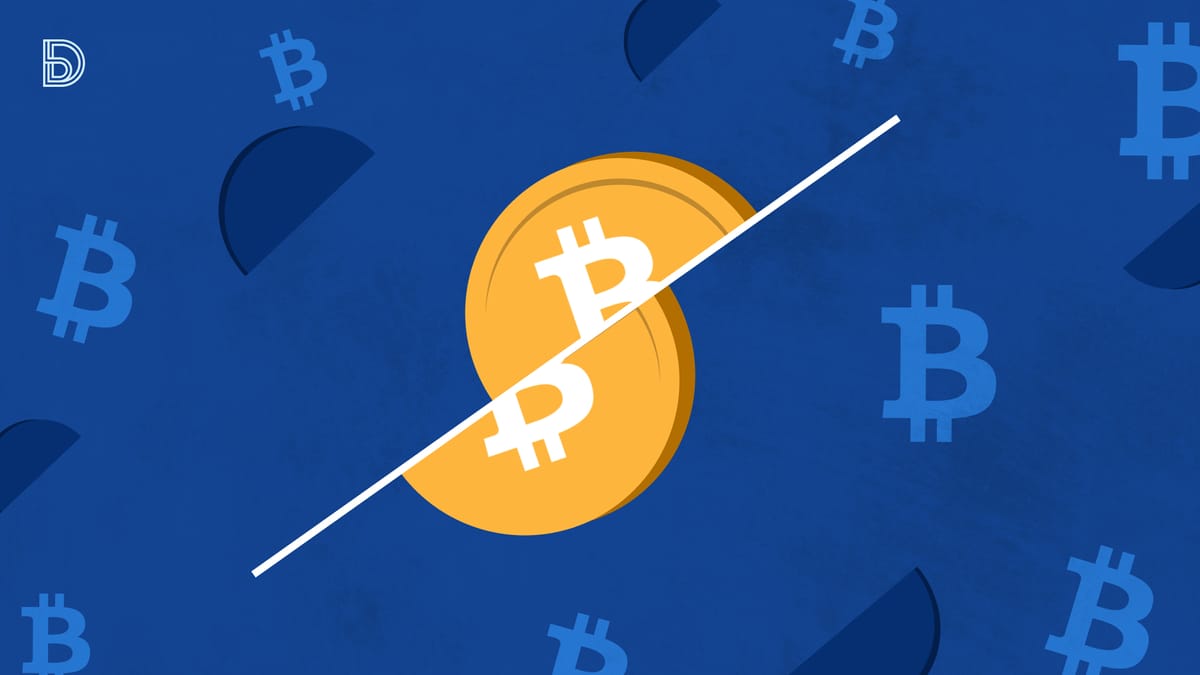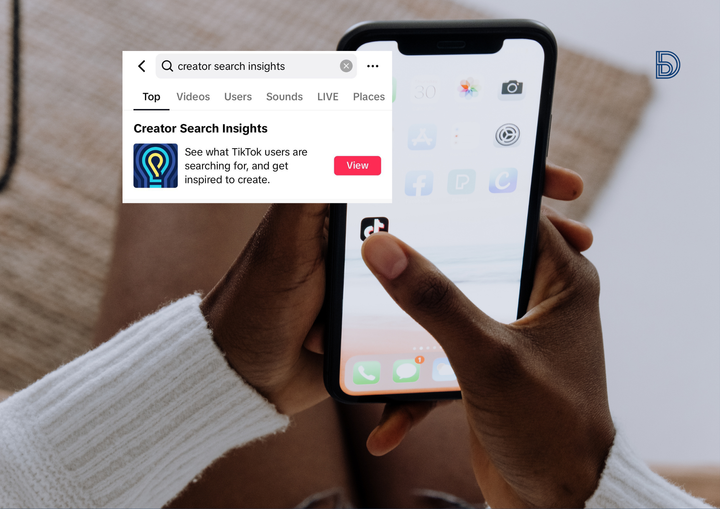Bitcoin's 2024 Halving: What You Need to Know
Will the biggest digital gold break into half or what? Let’s find out in this article.

The Bitcoiners on your timeline might be celebrating a mysterious ‘Bitcoin Halving’ event, and you're left scratching your head and wondering what the hype is about. The recent halving, which happened in the early hours of Saturday, April 20 has historically coincided with price increases. Could it be the reason Bitcoin hit an all-time high of $73,803.25 in March?
This once-in-four-year phenomenon has captured the attention of enthusiasts worldwide, even sparking local celebrations around Africa.
An event like this has a potential financial impact on the cryptocurrency market and we're here to break down what Bitcoin Halving truly means for you.
What is Bitcoin Halving?
The Bitcoin halving event, also known as "The Halvening," is an occurrence where the reward for mining new Bitcoin transactions is cut in half. This is important because it helps control how many new Bitcoins are minted and given to miners, which keeps the digital currency rare and helps to retain its value.
Roughly every four years, the reward that miners get for adding new blocks of transactions to the Bitcoin network is halved, and this happens after every 210,000 blocks are generated. Satoshi Nakamoto, who created Bitcoin, set this up to make sure there will never be more than 21 million Bitcoins in circulation. This limit is meant to keep Bitcoins scarce and stop prices from going up too much, which is what happens when there's too much money available.
The latest halving took place in the early hours of April 20, 2024, slashing the reward from 6.25 bitcoins to 3.125 bitcoins per block. The halving process is programmed to continue a maximum of 64 times before new coin creation ceases.
If miners get lesser rewards and fewer new Bitcoins are put into the system, this can affect the price of Bitcoin. Keeping Bitcoin scarce by halving ensures that its value doesn't drop over time. This is similar to how central banks keep the value of traditional money stable by changing policies, like adjusting interest rates and controlling how much money is in the economy, to prevent too much inflation.
When was the last Bitcoin Halving?
The largest cryptocurrency by market capitalisation has just undergone its fourth halving, just hours ago and has cut the mining reward from 6.25 BTC to 3.125 BTC.
Bitcoin was introduced in January 2009, and its halving events are pivotal moments that occur approximately every four years;
- The first halving in November 2012 reduced the mining reward from 50 BTC to 25 BTC.
- The second decreased the rewards to 12.5 BTC in July 2016
- The third halvings further decreased the rewards to 6.25 BTC in May 2020.
The next halving is projected to occur in 2028, and enthusiasts are already looking forward to this future milestone. For now, the focus remains on the impact of the current halving and how it will shape the landscape of cryptocurrency investment.
Will Bitcoin price go up or down after halving?
The question of whether Bitcoin’s price will rise or fall after a halving is a topic of much debate. The halving event cuts the reward for mining new bitcoins in half, theoretically reducing the supply and potentially driving up the price if demand remains constant. This economic principle suggests that scarcity can lead to increased value.
A potential decrease in the hash rate could occur as less efficient miners may leave the network due to lower rewards. Luxor’s Hashrate Index Research Team projects a 3-7% drop in Bitcoin’s hashrate if the current $68,800 price holds. But if prices fall further, this number could balloon to 16% and the impact ultimately depends on the post-halving price trajectory and network transaction fees.
Looking at history, the 60 days following the previous three halvings saw an average 16% price increase. But after the 2016 halving, there was an initial 6% drop before a later surge in 2017. Markus Thielen of 10x Research suggests that the true price peak often arrives about 500 days after a halving.
Bitcoin's price has seen a slight dip recently, from over $70,000, but it remains up by 40% in 2024 and has more than doubled since last year. Past halvings were usually followed by "crypto winters," where prices dipped for a prolonged period, hence why some imply that the reduced supply should lead to higher prices. Yet, some analysts, including those from Deutsche Bank, counter that the market has already factored in the halving, and don't expect a significant price boost afterwards.
The halving does make things tougher for miners, who rely on rewards. Mining companies like Marathon Digital might see stock prices dip. On the flip side, trading platforms like Coinbase could see a surge in activity.
Although the typical halving schedule of price increases is known, this time, however, the situation might be different, with analysts suggesting that a rally is not guaranteed considering Bitcoin price reached a new high before the halving, despite driven by demand from spot Bitcoin ETFs. Opinions are divided on whether the limited post-halving supply and ETF demand will push prices up, I guess we'll have to wait and see.
Now that you're familiar with Bitcoin halving, this section will answer the bigger question of the potential impact it will have and what it could mean for investors. Keep reading to find out!
What happens after a halving event?
Following past trends, things get interesting after a halving. Here's the usual pattern:
- More Buzz: The halving itself grabs attention, sometimes even leading to more people using Bitcoin.
- Price Climb: Often, there's a price surge in the following months. For example, after the 2020 halving, Bitcoin's value shot up from around $8,000 to over $69,000 within a year!
- Ups and Downs: After the initial surge, there's usually a period where prices become unstable.
The recurring pattern of price surges post-halving could potentially amplify the effect of 2024’s halving for Bitcoin investors due to new developments like:
- Bitcoin ETFs: These make it easier for people to invest in Bitcoin, potentially bringing in more buyers.
- Spot Trading Approval: The ability to trade actual Bitcoin (not just contracts or promises for future Bitcoin) could also boost the market.
Finally, remember that every halving reduces the number of new Bitcoins entering circulation. This scarcity, combined with the prospects for easier investment and increased trading, could make Bitcoin even more valuable.
Conclusion
The exciting times for crypto enthusiasts is here! Fewer new coins means it might get harder for miners, but also opens a door for Bitcoin's price to rise. Smart miners who adjust can thrive. Everyone's watching to see where Bitcoin goes from here. What's in it for you and what do you think?








Comments ()